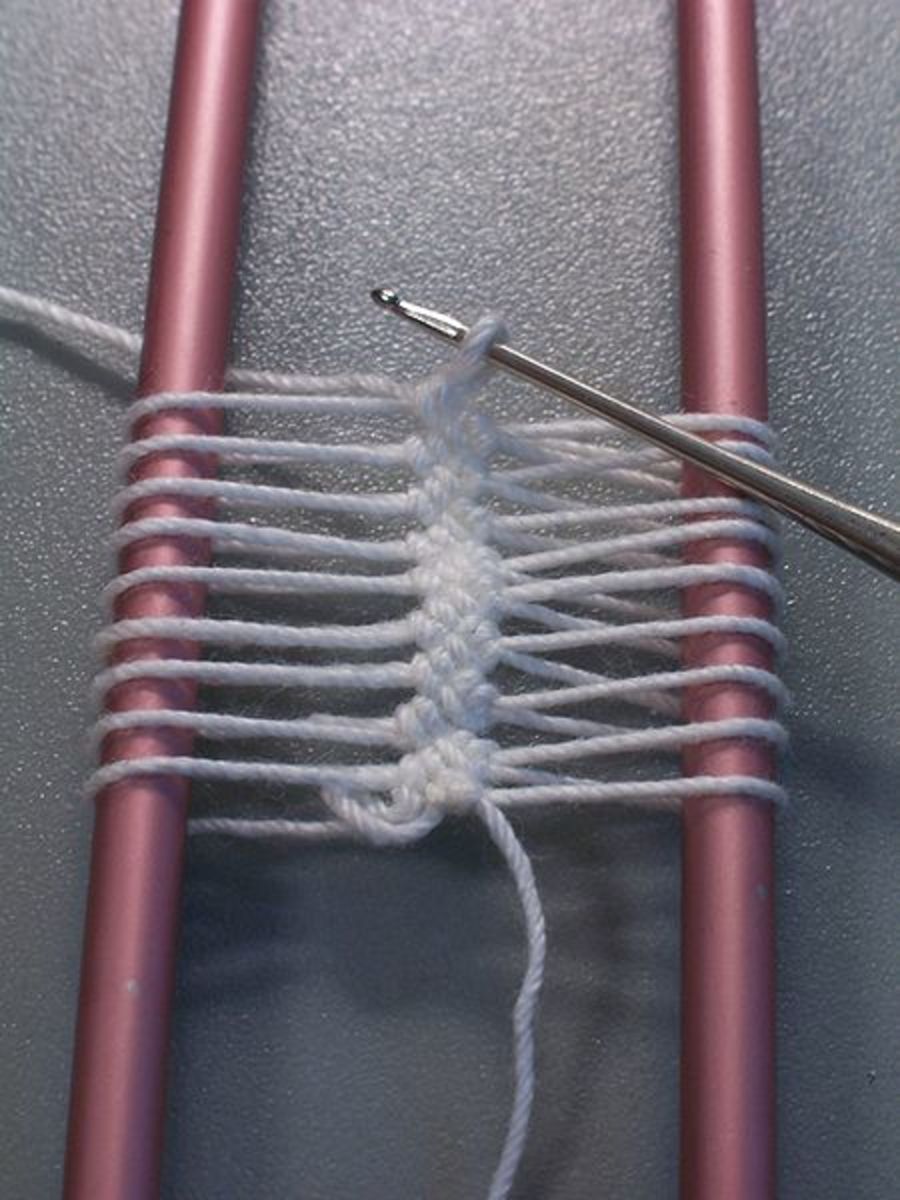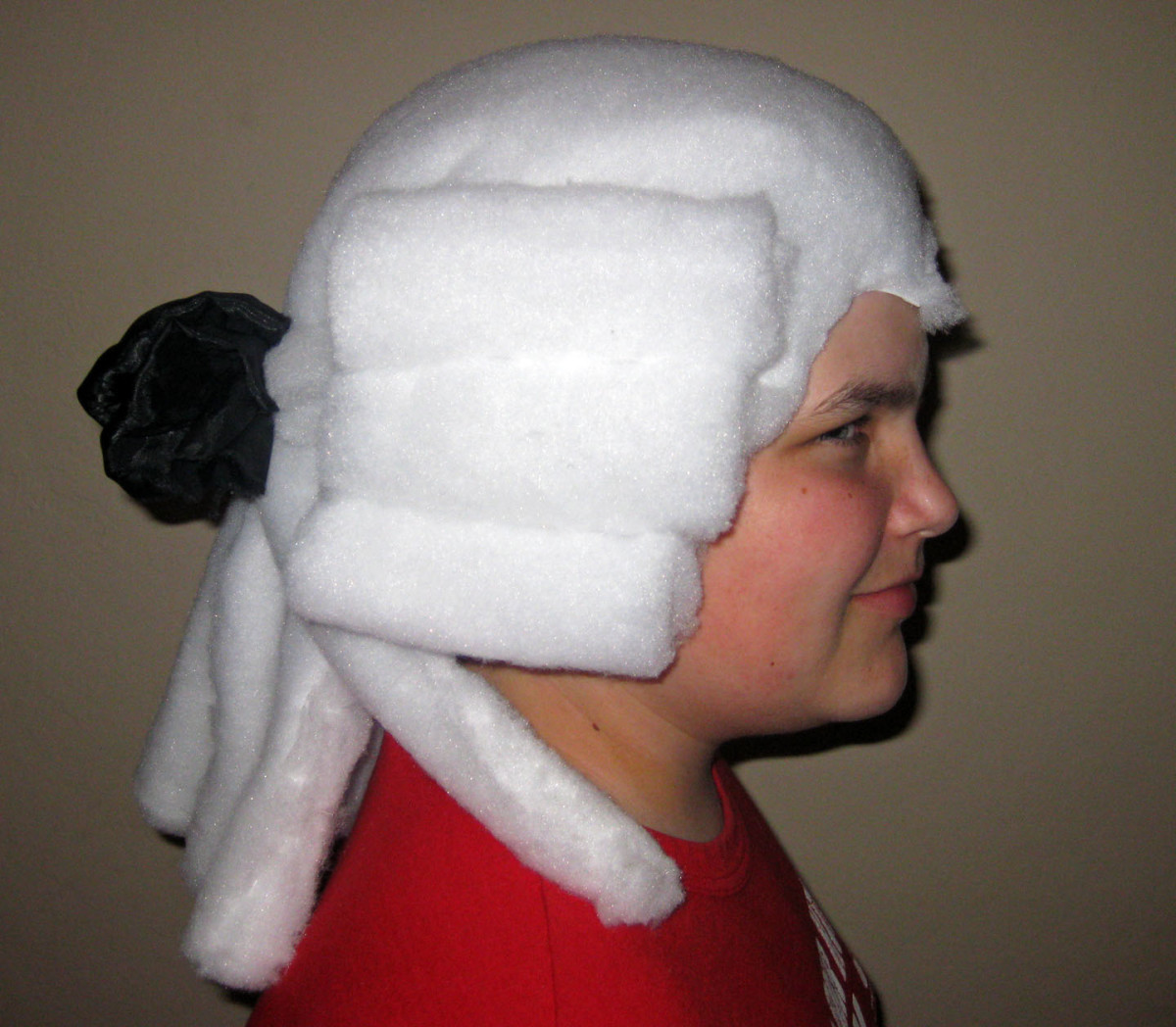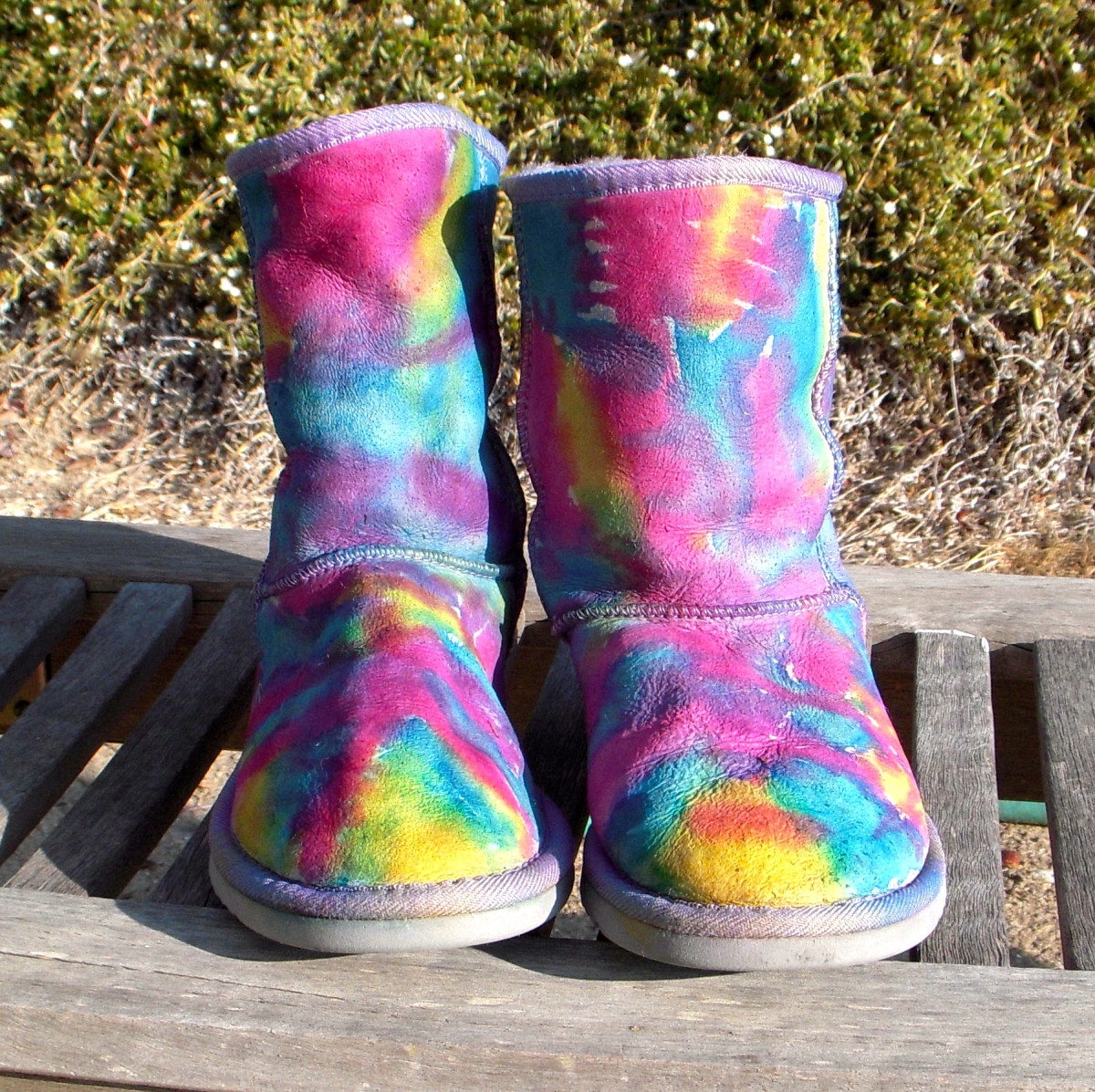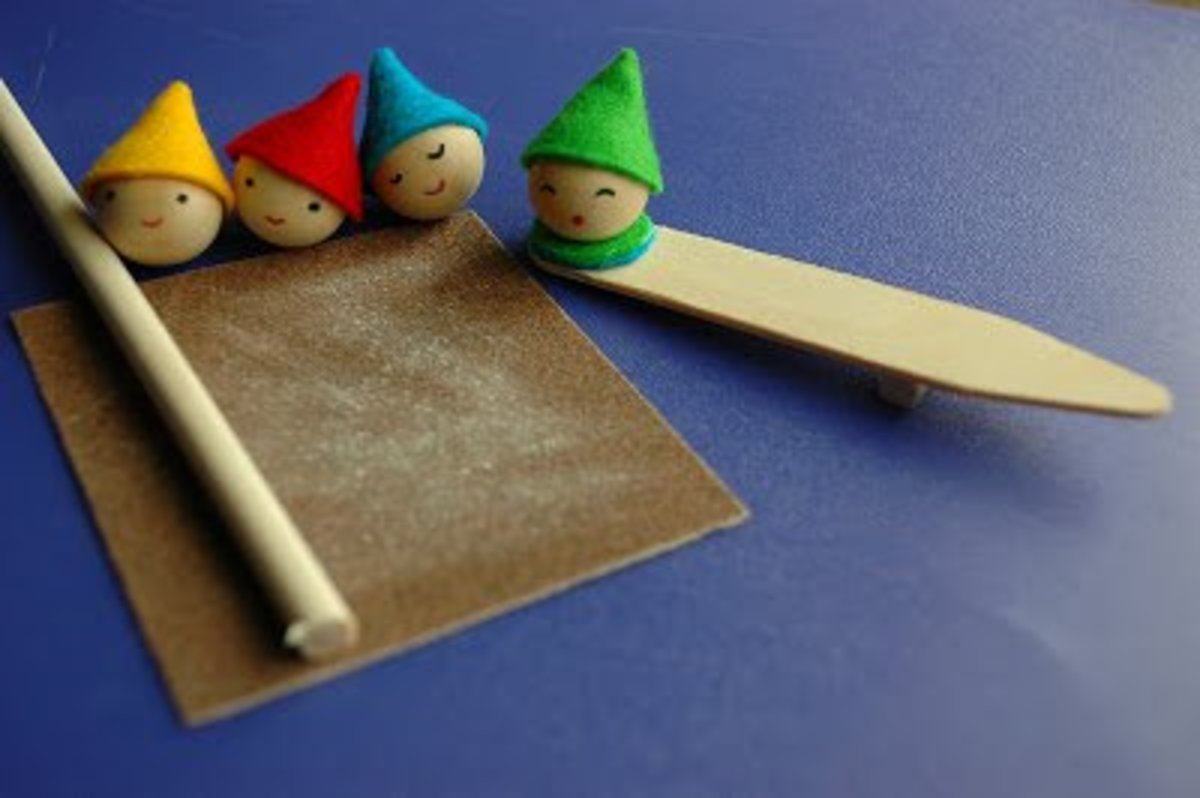How to Make a Lace Closure Wig
Learning is a fundamental step to growth in life. acquiring new knowledge makes for better experiences and conversations. With that being said, I will be explaining step by step instructions on how I make my wigs.
Before beginning the physical portion of constructing the wig, we need to do a little research. Why research? Like any project, you need to learn up on what material to use, the cost of materials, and brainstorm design ideas. Below I will provide a list of required materials as well as optional materials that act as extra steps for my detail-oriented people. Cost of the materials usually range depending on where you purchase them. I will be publishing a Recommended Products article for everyone to see what I utilize while making a wig. There will be a link to the recommended products post within the article.
Required Materials
- Canvas block mannequin wig head
- Curved sewing needles
- Weaving thread
- T-pins
- Mesh dome cap
- Sheers
- Hair bundles with closure/lace front
- Spray bottle
- tweezers
Optional Materials
- Wig stand
- Wig caps
- Elastic band
- Bleaching powder
- Developer
- Styling strips
- Neutralizing shampoo
- Shimmer Lights shampoo
- Powder foundation
- Mousse
- Gloves
Construction
Step 1: Wash Bundles
Washing your bundles and closure are very important. Hair bundles are mainly imported from china to united states. Depending on where you purchase the bundles, people could have been running their hands through the hair. Dirt can accumulate and wear the hair down. Therefore, I highly recommend washing your bundles before beginning the sewing process. Any shampoo will work!
For my detail-oriented people, bleaching powder and developer can be used to bleach the knots on the lace front or closure. Knots are the black dots that connect the lace and the hair strands. Bleaching the knots will provide a realistic scalp and eliminate the use of foundation powder.
Step 2: Let bundles air dry
Always try to air dry your bundles and closure. Just like the hair growing out of your head, bundles were grown out of other women’s heads too. For long lasting bundles and “blowing with wind” wig, make sure to treat the bundles as your own hair. Caring for the hair will stretch the life out tremendously.
Step 3: After drying bundles, gather all materials
All the material listed below the required section should be right next to you or near you.
Step 4: Place mesh dome cap on wig head
You will be using the mesh dome cap to sew the bundles on. The mesh dome cap provides breathability and easy to manipulation. Use your canvas block wig head or Styrofoam wig head for the mesh dome cap. For an accurate fit, you can measure the circumference of your head. Doing this, you can adjust the mesh dome cap by folding the mesh section of the wig.
Step 5: Pre-thread the needles
To make the process go quicker, I like to pre-thread my needles. When threading the needles make sure to pull the thread through the hole to meet the opposite side. Both ends of the thread should meet each other. Pre-thread as many needles as you want, the more the merrier!
Step 5: Start sewing closure or lace front!
There are two types of lace closures; regular closure or lace front. For the sake of concision, I will focus on making a closure wig. Closures represents a section of the scalp, if it were your real hair.
- Line the closure slightly ahead of the dome mesh cap
- Hold the closure down with t-pins. Make sure that the closure is as flat as possible.
- Put the hair in a ponytail to keep the hair out of the way.
- Sew each side of the closure individually. Example sew the right side of the closure only, then cute the tread and tie a knot.
Step 6: Sew the bundles down
Sew wefts of hair into the wig with a curved hand-sewing needle. Use a curved needle to stitch long wefts of hair onto the lace foundation. Stitch each weft along the strip of fabric, one above another. Leave some space between each weft so that the wig doesn’t become too dense.
- Wrap the thread around the needle twice to create a knot at each stitch.
- This is useful for the bulk of the wig, but you’ll want to ventilate the hairline area, so it doesn’t look fake.
- If you don’t want to do any ventilating, use tweezers to pluck out strands from the hairline area so it looks more natural.
https://www.wikihow.com/Make-a-Wig
Step 7: Cut extra dome mesh cap from beneath closure or lace front
After sewing all the wefts down, cut the access dome cap from underneath the closure. Do not cut too close to the threading. It might affect the stability of the wig later down the line.
Customization
Step 8: Add elastic band
Elastic bands are used to provide an extra layer of security. As well as adds to the reality of the lace closure.
- The elastic band is sewn inside the dome mesh cap.
- Measure from ear to ear for the correct sizing of the elastic band.
- After measuring, sew the band toward the top of the wig for maximum use.
Step 9: Pluck closure or lace font
Plucking your closure is optional, but I highly recommend you try to do it. Since it is a closure, all you must worry about is plucking you part. Just a little plucking is better than none. Trust me y’all, plucking your closure will save a lot of heartache. Use tweezers to grab the hair and pull it out of the closure. Do not focus on one section for too long or you might end up with a bald spot in your lace.
Step 10: Cut baby hairs
This step is also optional. Closure wigs are easier to wear and do not need baby hair. Baby hair are cut to provide a realistic look. You can add some if you choose to do so. Personally, I like adding baby hair to my closures and lace fronts. Cut them short and do not make them too thick. Or everyone will see through the allusion.
Step 11: Style hair
This step is up to you. Curl to your hearts content. Make it bone straight and shiny. Or wand it to the gods! The choice is yours!
Completion
You have made it to the end. Your wig is looking good and ready to wear. I hope this post helped a lot of people. Let me know if y’all want me to make any other How To articles!
See y’all soon!
This content is accurate and true to the best of the author’s knowledge and is not meant to substitute for formal and individualized advice from a qualified professional.
© 2019 tyshae edwards








